Caraway Companion Plants: The Ultimate Guide To Growing A Healthy Herb Garden
Caraway Companion Plants: The Ultimate Guide to Growing a Healthy Herb Garden
Caraway is a versatile herb that can be used in a variety of dishes, from breads and pastries to soups and stews. It has a warm, slightly aniseed flavor that pairs well with many other herbs and vegetables. Caraway is also a good source of vitamins and minerals, including potassium, calcium, and iron.
If you're growing caraway in your garden, it's important to choose companion plants that will benefit each other. Some good caraway companion plants include:
- Peas: Peas and caraway are both nitrogen-fixing plants, which means they can help to improve the soil quality for each other. They also have similar growing habits, so they can be planted together without competing for resources.
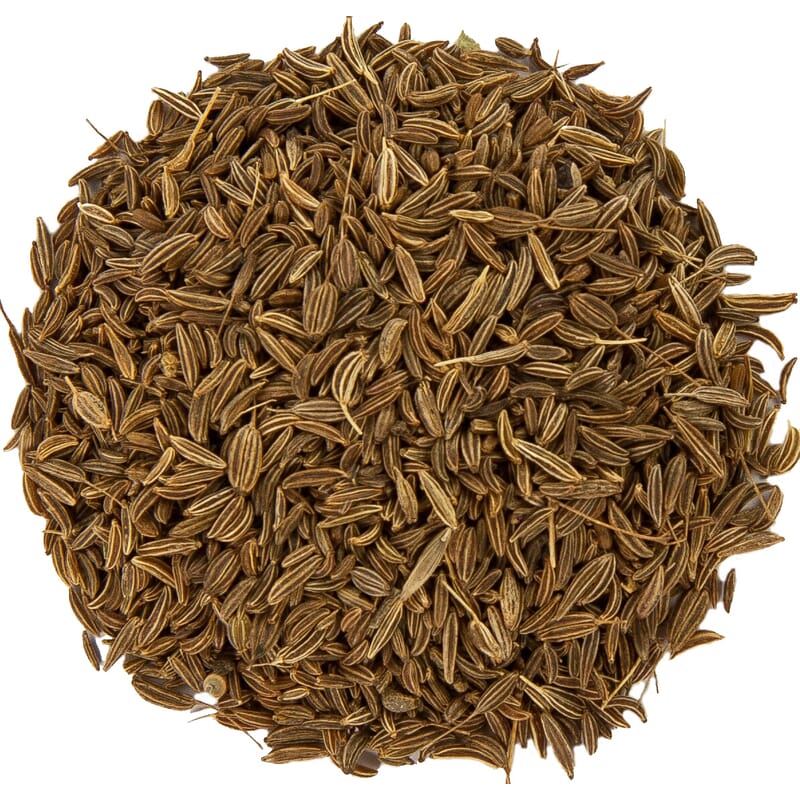
- Broccoli: Caraway can help to repel pests that damage broccoli, such as cabbage moths and aphids. Broccoli can also provide shade for caraway during hot weather.

- Cabbage: Like broccoli, cabbage can help to repel pests that damage caraway. It can also provide shade for caraway during hot weather.
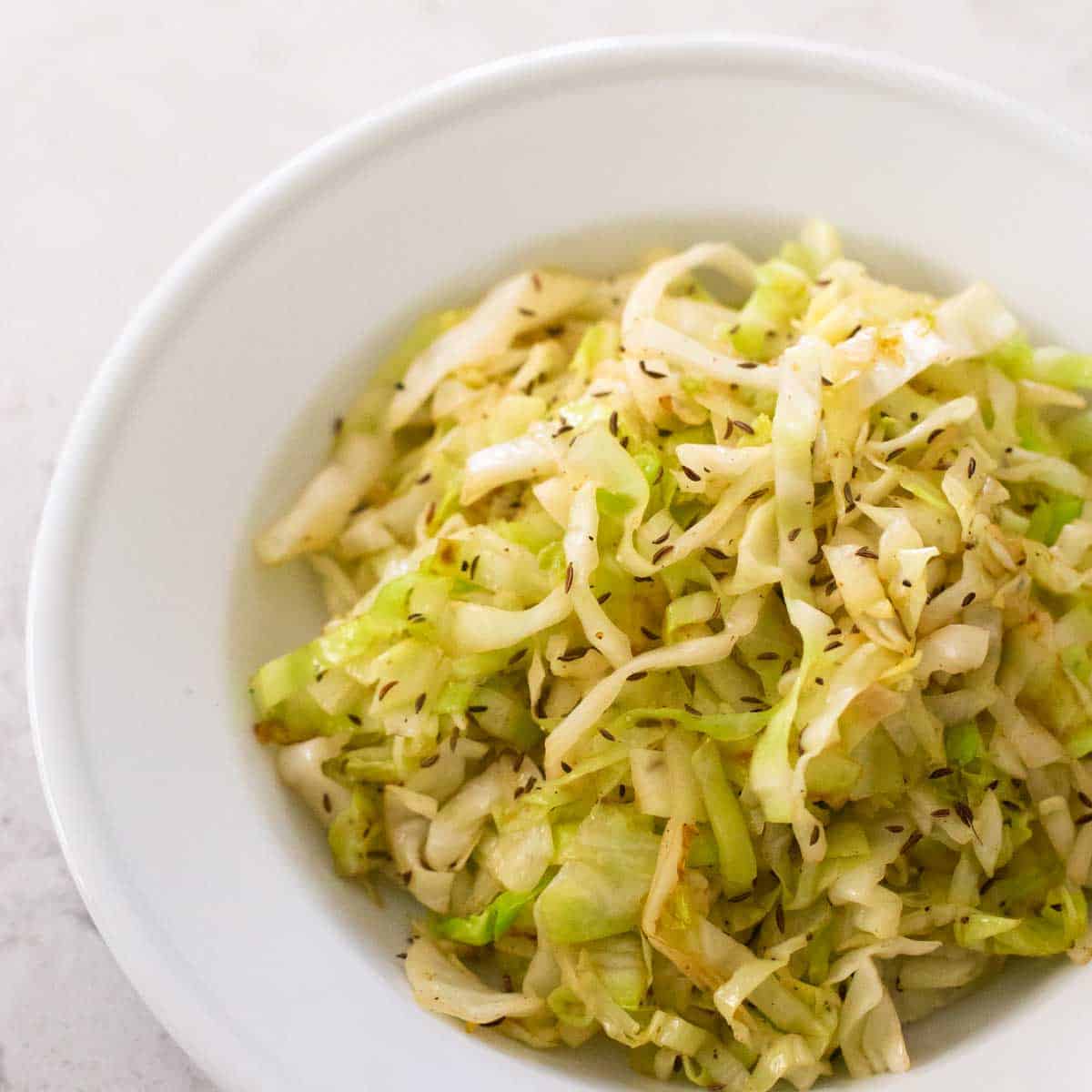
- Kale: Kale and caraway have similar growing requirements and can be planted together without competing for resources. Kale can also help to deter pests from caraway.

- Chard: Chard and caraway are both tall plants that can provide shade for each other. They also have similar growing requirements and can be planted together without competing for resources.
- Strawberries: Caraway can help to repel pests that damage strawberries, such as slugs and snails. It can also improve the flavor of strawberries.
Some plants that should be avoided as caraway companion plants include:
- Dill: Dill and caraway are both members of the carrot family, and they can cross-pollinate. This can lead to a loss of flavor in both plants.
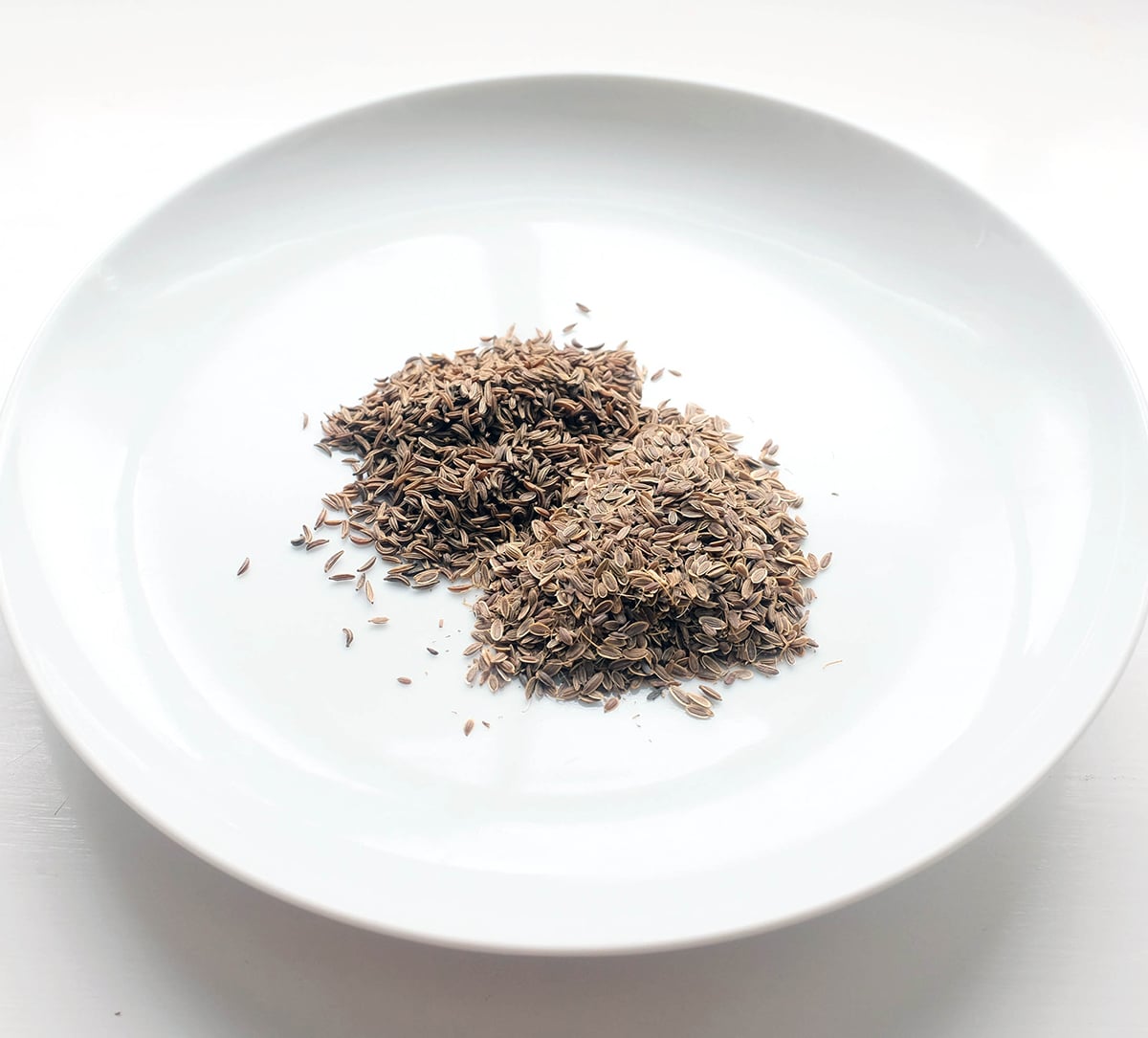
- Fennel: Fennel and caraway are also members of the carrot family, and they can cross-pollinate. This can lead to a loss of flavor in both plants.

- Onions: Onions can release sulfur compounds that can stunt the growth of caraway.
When companion planting caraway, it's important to consider the size and growth habits of the plants involved. For example, you wouldn't want to plant caraway next to a large, bushy plant that would shade it out. You should also avoid planting caraway next to plants that are susceptible to the same pests and diseases.
By planting caraway with the right companion plants, you can help to create a healthy and productive herb garden.
Caraway is a versatile herb that can be used in a variety of dishes, from breads and pastries to stews and soups. It is also a popular companion plant, meaning that it can benefit other plants in the garden. Some of the best caraway companion plants include:
- Peas: Caraway and peas are both nitrogen-fixing plants, which means they can help to improve the soil quality in your garden. They also attract beneficial insects, such as ladybugs and hoverflies, which can help to control pests. [Website address]
- Broccoli: Caraway can help to deter pests from broccoli plants, such as cabbage moths and aphids. It can also help to improve the flavor of broccoli.
- Cabbage: Caraway and cabbage are both members of the Brassica family, and they can benefit each other by attracting beneficial insects and repelling pests.
- Kale: Caraway can help to deter pests from kale plants, such as cabbage worms and flea beetles. It can also help to improve the flavor of kale.
- Chard: Caraway and chard are both leafy greens that can benefit each other by attracting beneficial insects and repelling pests.
If you are looking for more information about caraway companion plants, I recommend visiting Gardenia Inspiration. This website has a comprehensive list of caraway companion plants, as well as information about the benefits of companion planting.
FAQ of caraway companion plants
Q: What are some good companion plants for caraway?
A: Caraway is a member of the carrot family, and it does well when planted near other members of this family, such as carrots, celery, and fennel. Caraway also repels pests such as cabbage moths, carrot flies, and root maggots, so it can be planted near cabbage, carrots, and potatoes to help protect them from these pests. Other good companion plants for caraway include beans, peas, tomatoes, and cucumbers.
Q: What are some bad companion plants for caraway?
A: Caraway should not be planted near dill, as these two plants compete for nutrients and water. Caraway should also not be planted near strawberries, as strawberries are susceptible to the same pests that caraway repels.
Q: How far apart should caraway plants be spaced?
A: Caraway plants should be spaced about 12-18 inches apart. This will give them enough room to grow and spread without competing with each other for resources.
Q: How much sun does caraway need?
A: Caraway needs full sun to partial shade. It will not do well in deep shade.
Q: How often should caraway be watered?
A: Caraway needs regular watering, especially during hot, dry weather. The soil should be kept moist, but not soggy.
Image of caraway companion plants
5 different images of caraway companion plants:
- Carrots. Caraway and carrots are both members of the Apiaceae family, so they benefit from being planted together. The caraway's strong scent helps to deter pests from the carrots, and the carrots' deep roots help to aerate the soil for the caraway.
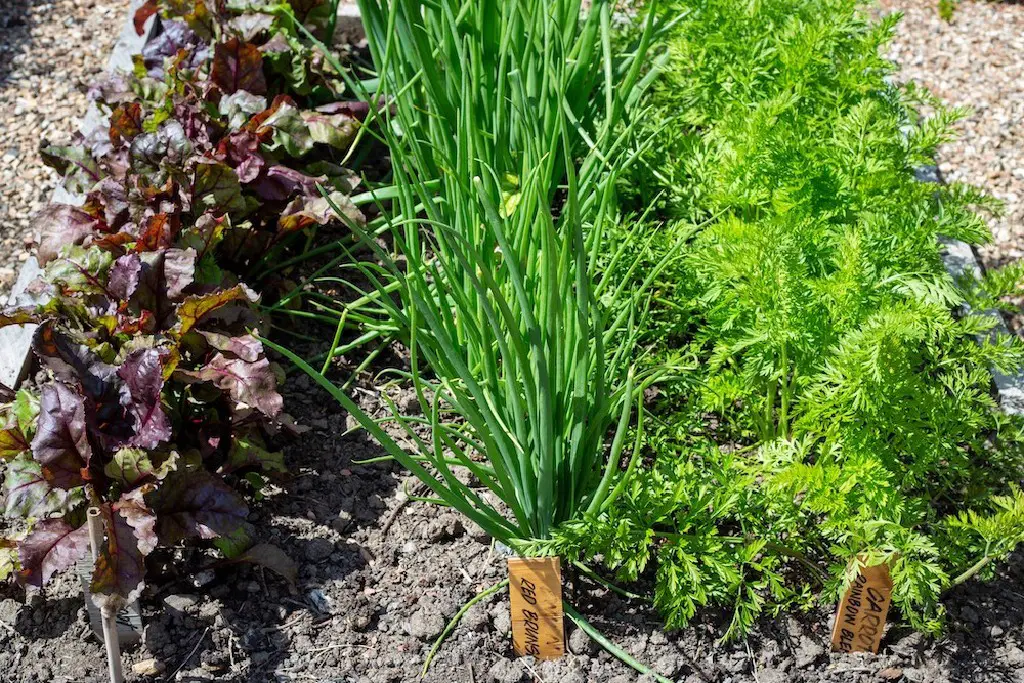
- Cucumbers. Caraway can help to repel cucumber beetles and other pests from cucumbers. The caraway's strong scent also helps to mask the cucumber's scent, which can attract pests.
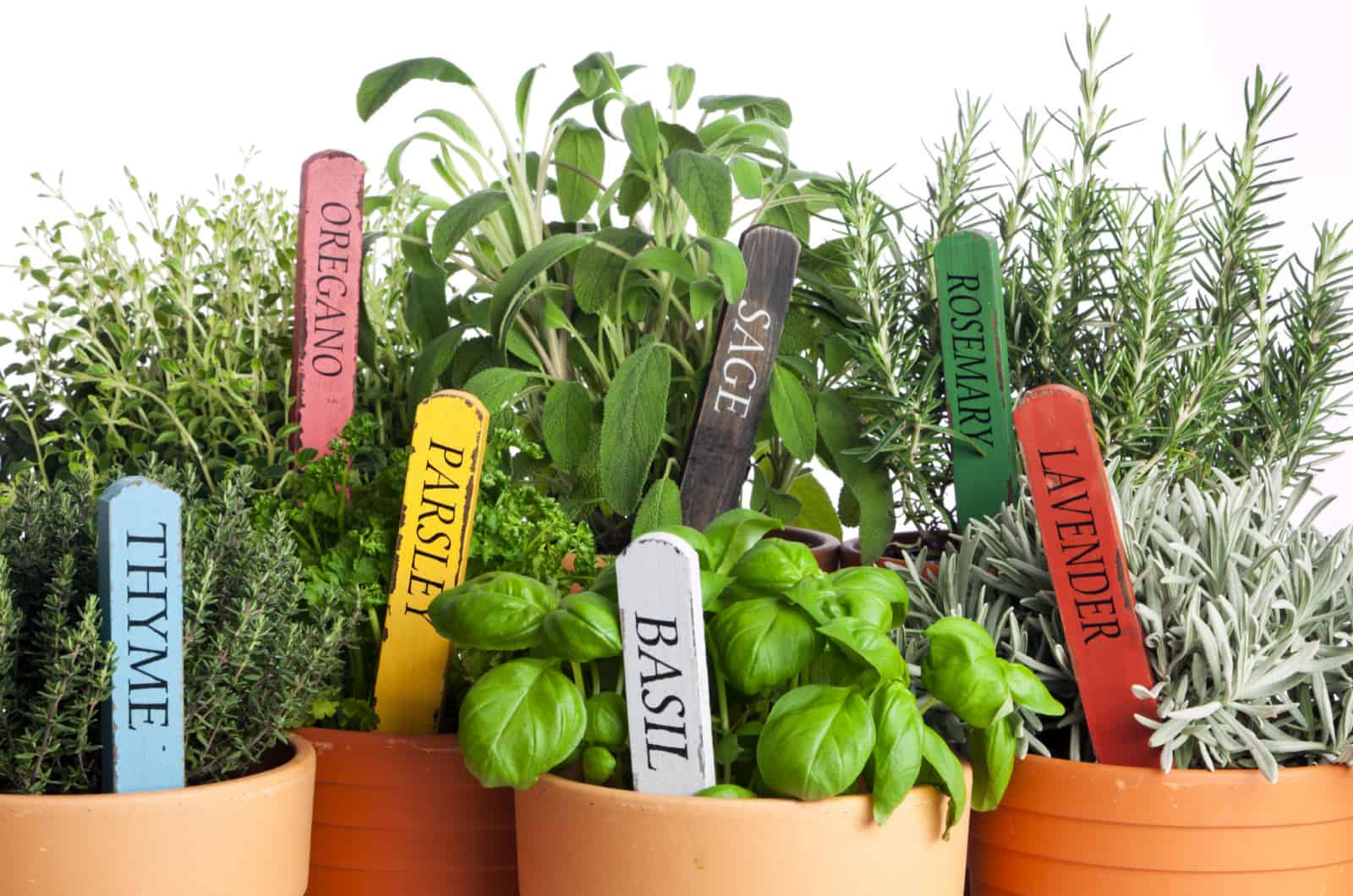
- Lettuce. Caraway can help to repel aphids and other pests from lettuce. The caraway's strong scent helps to deter pests, and the lettuce's leaves provide shade for the caraway's roots.

- Potatoes. Caraway can help to repel potato beetles from potatoes. The caraway's strong scent helps to deter pests, and the potato's foliage provides shade for the caraway's roots.

- Tomatoes. Caraway can help to repel tomato hornworms and other pests from tomatoes. The caraway's strong scent helps to deter pests, and the tomato's foliage provides shade for the caraway's roots.


Post a Comment for "Caraway Companion Plants: The Ultimate Guide To Growing A Healthy Herb Garden"